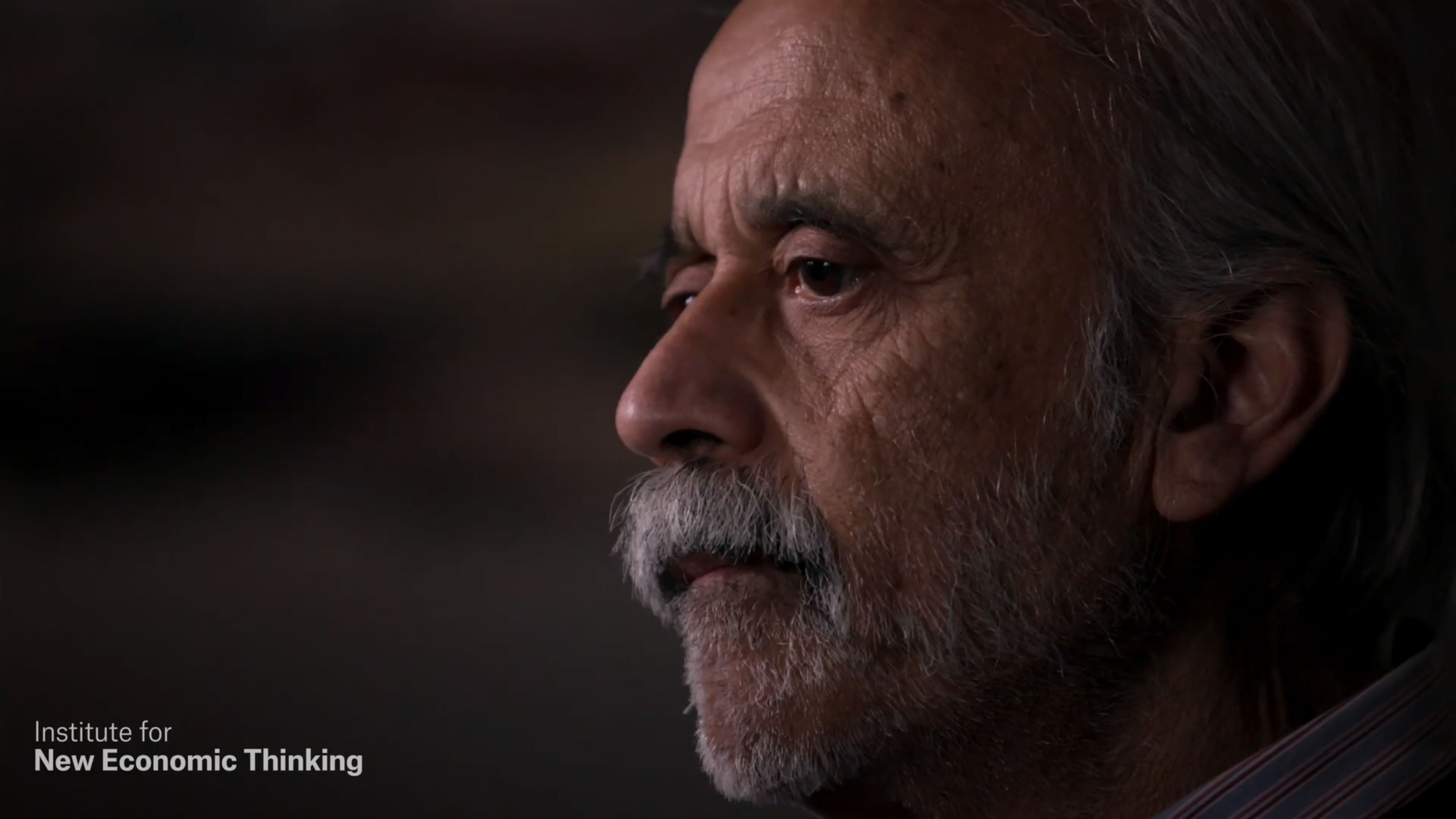I continue to be conflicted by the qualitative-quantitative divide in what the French call les sciences humaine et sociales: the consonance and the dissonance between the languages of mathematics and those of the everyday. This divide can perhaps also be expressed as a conflict or a compromise between two movements: an upward movement characterizing mathematical economics whereby a loose everyday intuition can be given a precise formal meaning, one that may or may not be refutable with statistical data; as opposed to a downward movement characterizing applied theory (in the modern vernacular) whereby the hypotheses and the consequences of a theorem can be interpreted, described and pushed further in everyday English usage with or without statistical data.
With this preamble, let me say that I continue to pursue interests in economic interaction over time and with uncertainty, as formalized in Walrasian general equilibrium supplemented by von-Neumann and Ramsey, and the broader interests of Paul Samuelson; and thereby in contexts in which the tension between the personal and the impersonal, and the meaning of information can be interrogated. Interests in models with a single agent, be he/she representative or not, as well as those with a finite number and a continuum, situations in which an individual agent is “numerically negligible” but is nevertheless influenced by actions, or summary statistics of actions, of all other agents in the society or collectivity, a game, of which the individual is part, and where individual and social outcomes are uncertain. These interests, in so far as they crystallize in problems of family, education, population and the environment, have led me to consider the robustness of disciplinary boundaries, and more broadly, to the relationship between economic development and cultural change. To me, this subsumes the question of how markets handle, or fail to handle, basic (positive versus normative (?)) issues of resource allocation; and has thereby led me to the theorists of the Scottish Enlightenment, to the American transcendentalists, and to historians of art.
My interests in literature and epistemology are complemented by those in mathematics, where I work with methods of nonstandard analysis (Loeb spaces), nonsmooth analysis and optimization (Mordukhovich-Ioffe cones), chaotic dynamics and stochastic processes (law of large numbers with a continuum of random variables).

